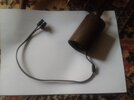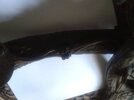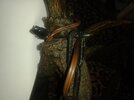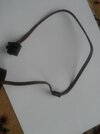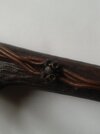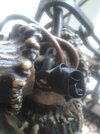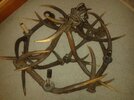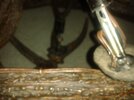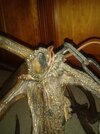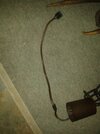Hiya, I'm hoping someone can offer some advise.
I have an old light fitting and was wondering if someone could tell me if it needs rewiring? I own a multimeter but I'm not sure how to test to see if the wires are functioning. It's a chandelier type set up with wires connecting to several arms.
Also there only appears to be 2 wires? How would they be connected to a 3 wire set up?
I've added a few photos. The first shows the wires to the ceiling. The second a connector used to connect to different arms and the third a strange one a connecter with tape around it.
I have an old light fitting and was wondering if someone could tell me if it needs rewiring? I own a multimeter but I'm not sure how to test to see if the wires are functioning. It's a chandelier type set up with wires connecting to several arms.
Also there only appears to be 2 wires? How would they be connected to a 3 wire set up?
I've added a few photos. The first shows the wires to the ceiling. The second a connector used to connect to different arms and the third a strange one a connecter with tape around it.


